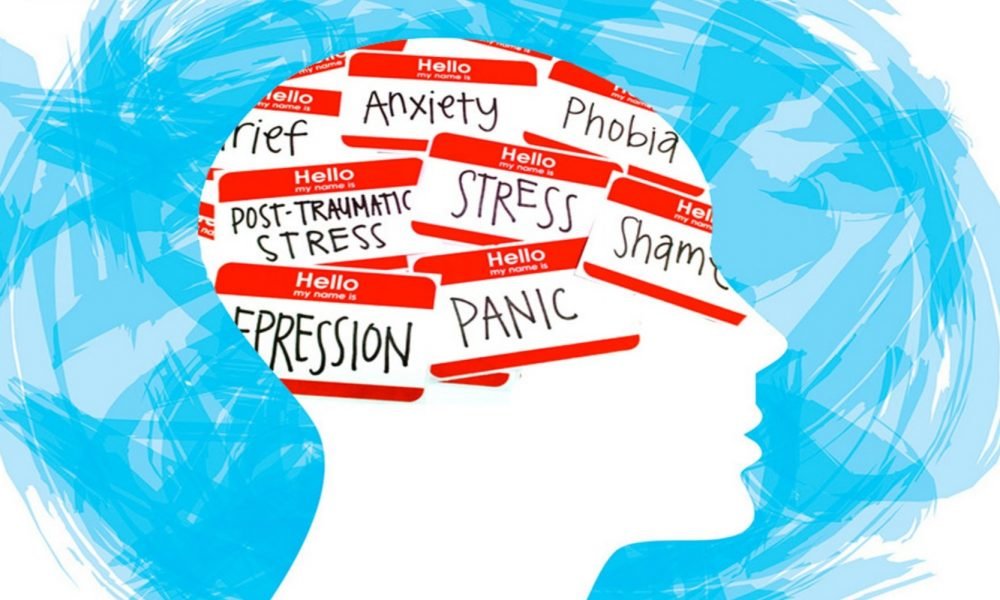Dec 23
2022
The Growing Menace of Mental Disorders: How Providers Can Overcome Emerging Challenges

Mental disorders are a serious social problem, as they impact the lives of millions of people worldwide. They are one of the leading causes of disability worldwide, and their prevalence is increasing at an alarming rate.
In the United States alone, one in five adults experiences a mental illness each year, as revealed by the 2020 National Survey on Drug Use and Health. This is a worrying trend, especially for mental health providers who are tasked with treating these patients. As the burden of mental diseases increases, so does the need for effective treatment options.
Moreover, it’s clear that mental illness poses a serious threat not only to individual well-being but also to national economic growth and stability. According to the Substance Abuse and Mental Health Services Administration (SAMHSA), the United States spent an estimated $280 billion on mental health services in 2020.
But what can providers do about it? How can they overcome emerging challenges?
Utilize Technology to Your Advantage
In the past decade, mental health has been on the rise. According to Mental Health America (MHA), 4.91% of American adults suffer from a severe mental illness in 2022. The prevalence of serious mental health problems has led to increased demand for treatment.
Unfortunately, providers often struggle to keep up with the demand, especially since many of them are not equipped with tools that can help them better manage their patients.
One such tool is mental health practice software. It’s an electronic health record (EHR) system designed specifically for mental health professionals overburdened with a growing number of patients and unprecedented challenges associated with dynamic mental disorders.
It offers features that make it easier to manage patient data and streamline communication between providers and families. In addition, it also helps mitigate challenges related to privacy laws because it allows providers to store patient information electronically instead of on paper files.
With Mental Health Practice Software, providers can access all of their patient data in one place, including medical records, billing information, and treatment plans. This enables them to spend more time focusing on patients’ needs than on paperwork or billing errors.
Reduce Stigma and Educate Patients
Mental disorders are on the rise in America. But despite the fact that mental health issues are so prevalent, many people don’t seek professional help. According to the Mental Health Million Project, nearly 45% of Americans with serious mental issues don’t seek professional help.
Why is this? One reason is that many people are still uncomfortable talking about their mental health. A lack of education about mental disorders can lead to stigma, which can prevent people from seeking help.
This is why it’s so important for providers to reduce stigma and educate patients about mental health disorders. By doing so, they’ll be able to increase patient awareness and encourage them to seek treatment when needed.
Providers can reduce the stigma surrounding mental disorders by offering education and support services to patients and families who are dealing with these issues. They can also encourage patients to seek out treatment early on so that they can avoid developing chronic conditions later on down the road.
Primary Prevention and Early Identification Are Key
The burden of mental diseases worldwide is growing. This is a cause for concern, as mental health issues can lead to increased costs in social services and healthcare.
Although mental disorders have been well-recognized as major contributors to the global burden of disease, there is increasing evidence that they also reduce life expectancy. For example, a study found that patients with schizophrenia have 14.5 years less life expectancy.
Because mental disorders represent such an important public health concern, it is essential that providers have a strong understanding of how to identify and manage these conditions. Providers must also be aware of the challenges associated with managing patients with mental disorders in order to successfully address them.
To improve patient outcomes, primary prevention and early identification are key. Primary prevention involves preventing or reducing risk factors that may lead to a disorder before symptoms develop. Additionally, early identification involves identifying an individual at risk for developing a condition before symptoms appear.
Both approaches require ongoing monitoring over time in order to detect any changes before they become serious problems.
Promote the Implementation of Community-Based Rehabilitation Programs
The growing burden of mental diseases has created a need for community-based rehabilitation programs to assist providers in overcoming challenges associated with the growing mental health burden. Such programs have been shown to be effective in reducing the impact of mental illness on individuals and communities, as well as improving overall quality of life.
Community-based rehabilitation programs aim to provide support for people living with mental illnesses by providing services that can help them maintain their independence and avoid hospitalization. These programs are often delivered by organizations such as community mental health centers and are based in neighborhoods or communities where patients live.
They also provide services that include counseling, case management, peer support, housing assistance, employment assistance, education and training opportunities, and other types of support.
Community-based rehabilitation programs help individuals who live with a range of conditions, including depression, anxiety disorders, and schizophrenia, become more independent and able to manage their daily lives without needing intensive care from a specialized facility or provider.
The goal is for people to remain in their homes so they can continue receiving treatment while maintaining relationships with friends and family members.
Providers Can Use These Steps to Better Manage Mental Diseases
Mental illness is a growing burden in our country, and providers are the ones who can help patients overcome the obstacles that prevent them from getting the care they need.
Providers can use these tips to better manage mental diseases in our country. These tips will help to create a supportive environment for providers as they work with people who are struggling with mental illnesses.